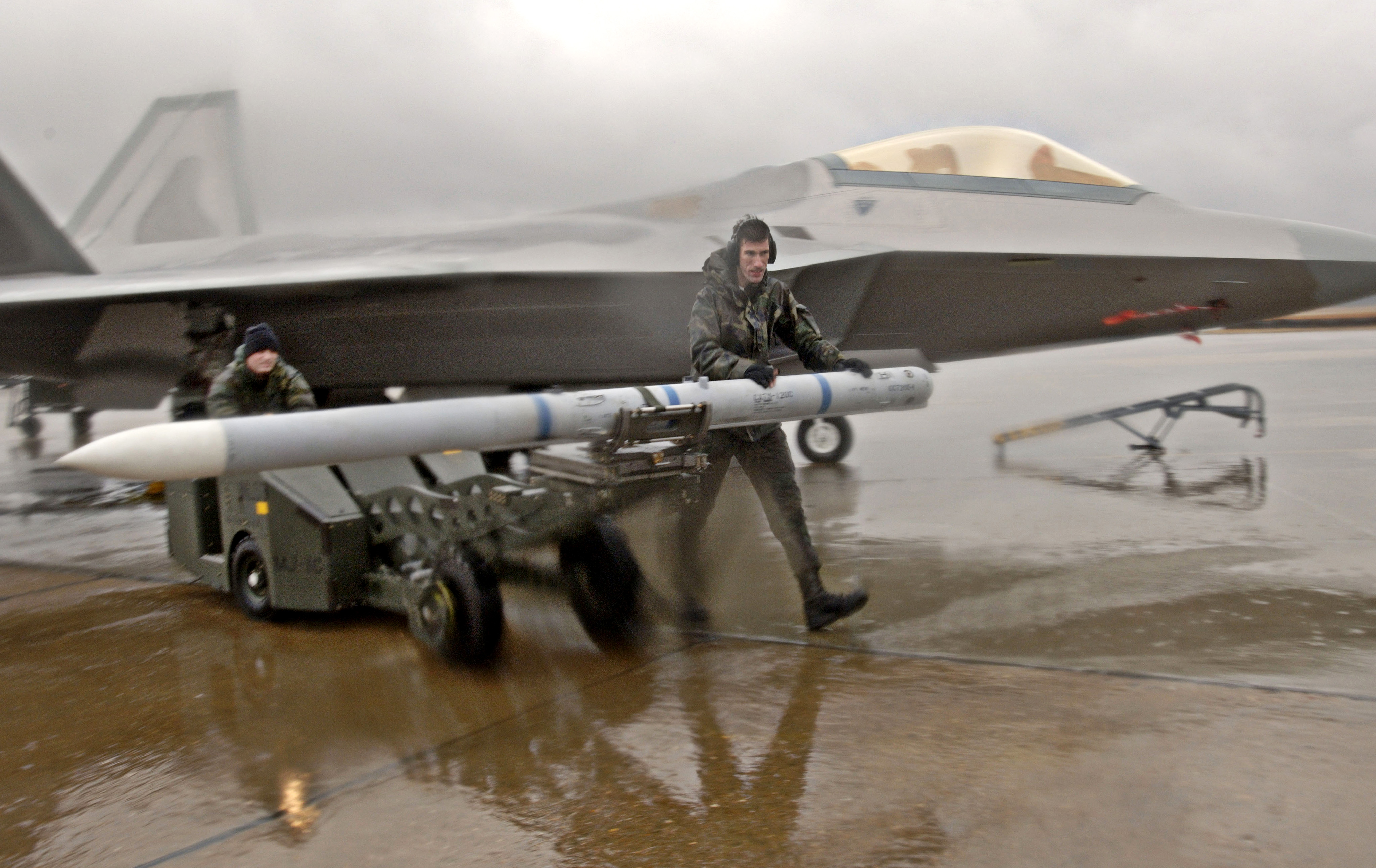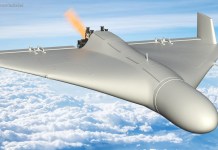The US fifth-generation stealth duo, Lockheed Martin’s F-35 Lightning II and F-22 Raptor, might be the most advanced fighters in the world but their overreliance on the aging AMRAAM technology could be exploited by the Chinese J-20.
Double Trouble: Massive Russian Transport Aircraft Skids Off The Runway After Engine Failure: Watch
Aerospace giant Lockheed Martin developed the fighters using unique aerodynamic frames and state-of-the-art features. The single-seat, single-engine, all-weather stealth F-35 multirole combat aircraft has been specially designed to perform air superiority and strike missions.
*Follow EurAsian Times on Google News*
Also capable of providing electronic warfare and intelligence, surveillance, and reconnaissance, F-35 currently stands as the only warplane capable of taking on the Russian-made stealth destroyers, the S-400 surface-to-air-missiles.
/cloudfront-us-east-1.images.arcpublishing.com/mco/KRAIJ7NMWNAKHJS3QCHD5XZ5TQ.jpg)
On the other hand, its predecessor, the F-22 Raptor is a single-seat, twin-engine, all-weather stealth tactical fighter aircraft, which is exclusively operated by the United States Air Force. Designed primarily as an air superiority fighter, the super stealthy fighter can also perform ground attack, electronic warfare, and signal intelligence.

However, despite the two fighter jets being loaded with futuristic electronic warfare (EW) systems, avionics, as well as modern weaponry, they rely too much on the advanced medium-range air-to-air missile (AMRAAM) surface-to-air missiles.
Currently, both the F-22 and F-35 fighters are equipped with the latest AIM 120-D missiles. However, the presence of PL-15 and PL-10 on China’s most advanced fifth-generation fighter Chengdu J-20 poses a huge threat to the US and its allies.

The AIM-120 AMRAAM is arguably the world’s most popular beyond-visual-range air-to-air missile. It was used for the first time in 1992 when a USAF F-16D shot down an Iraqi MiG-25 that violated the southern no-fly zone.
It has had an impressive track record since then, having shot down over 14 aircraft, including six MiG-29s, one MiG-25, one MiG-23, one Su-22, one Soko J-21 Jastreb, one UH-60 Black Hawk, one MiG-21, and two Su-24s.
On the other hand, the Chinese P-15 long-range air-to-air missile boasts advanced features, including an active electronically scanned radar and a reported maximum range of up to 300 kilometers.

The single-seat, twinjet, all-weather, J-20 fifth-generation stealth fighter possesses four PL-15 missiles accompanied by two PL-10 missiles on either side.
While the Chinese government has not lifted the lid over the complete list of J-20’s features, the possession of the P-15 along with the PL-10 missiles can be too much for any country to handle. Defense writer Mark Episkopos notes that there is much that is still unknown about the J-20, including its launch mechanism and the final specifications of its WS-15 engine currently in development.
He also warns that the “juxtaposition of the PL-15 and PL-10 inside the J-20’s frame can become a stark concern for the United States and allies” who continue to rely on aging AMRAAM technology.

According to reports, the effective range of the PL-15s in actual aerial engagements could be lower than 300 km, which is still higher than that of AIM-120 AMRAAM’s range of 180 km or less.
In addition, there is no clarity on the future of the AMRAAM systems, according to Captain Jim Stoneman, who served as the Program Manager for the Air-to-Air Missiles Program Office (PMA-259). “Currently there is no program of record for a follow-on… we’ve probably close to maxing it out,” said Stoneman.
While much has been spoken about the PL-15 missiles, the presence of the PL-10 short-range infrared air-to-air missile plays a key part in making the J-20 fighter so versatile.
The missile can be fired at off-boresight angles of 90 degrees using the J-20’s Helmet Mounted Display (HMD), which enables the J-20 pilot to launch the missile in any direction using just his head.
This, along with the status of the PL-15, has raised massive concern regarding the Pentagon’s inability to go beyond the AMRAAMs in order to outdo the Chinese missiles.
“Look at our adversaries and what they’re developing, things like the PL-15 and the range of that weapon,” said Air Combat Command chief Gen Hawk Carlisle, while speaking to FlightGlobal, adding that the US should be able to “out-stick that missile”.
Follow EurAsian Times on Google News




